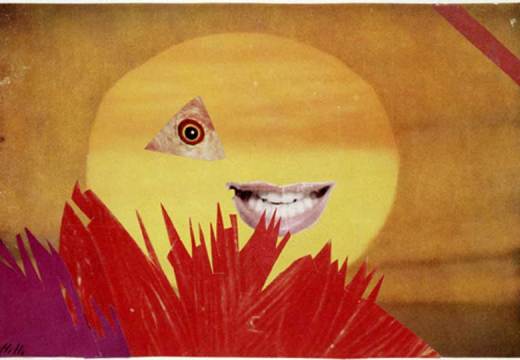As the incessant queues demonstrate, Sunflowers (1888) by Vincent van Gogh is by far the most popular painting in the National Gallery. But its fame comes at a price; the work is cursed by over-familiarity. Its iconic status provokes both admiration and ambivalence. Now, and until 27 April, the more dubious minority among us will have two Sunflowers to contend with. Reunited for the first time in 65 years, the Sunflowers (1889), on loan from the Van Gogh Museum in Amsterdam, joins its older sibling on Trafalgar Square.
Visiting this one-room, two-painting exhibition inevitably descends into a game of spot the difference. Almost indistinguishable, at first glance, the subtleties gradually reveal themselves. The Amsterdam version, younger by five months, is the more vibrant of the two. Van Gogh flattened and simplified his earlier composition, saturating his palette with warmer hues. The results are less laboured, but also less accomplished.
Although arguably not as radical, the National Gallery version reveals the hard-gotten gains of direct observation. The impasto strokes betray meticulous re-working and the muted colours are altogether easier on the eye. While the Amsterdam Sunflowers feel rather like a pastiche of a still life, the 1888 composition communicates a satisfying sense of physical depth and presence.
Part of a series of paintings, Van Gogh’s preoccupation with sunflowers inevitably raises questions of motivation. Based on biographical assumptions – particularly the artist’s presumed mental health issues – it is tempting to read catharsis, or even obsession, into Van Gogh’s practice. Thankfully, the National Gallery only strays a little down this path, reminding us with redundant pop-psychological insight, that the Sunflowers are a symbol of ‘both happiness and sun-drenched Provence itself’.
Although countless admirers have sought solace in this ‘secular Madonna’, Van Gogh’s letters reveal that the artist himself was far more concerned with the practicalities of technical advancement.
The 1888 Sunflowers originally formed part of an avant-garde decorative scheme for the artist’s doomed Yellow House. But by repeating the motif, the Sunflowers became, first and foremost, a means of experimentation. Although often portrayed as a spontaneous and emotional artist, Van Gogh was a calculating innovator. Designed as a ‘symphony in blue and yellow’, the series allowed Van Gogh to refine, and define, a new post-Impressionist aesthetic. The artist summed up the whole endeavour as requiring ‘the energy and concentration of a person’s whole being’. Not exactly my idea of a carefree sojourn in the sun.
If you’re willing to brave the crowds – and seemingly endless arrays of mugs, T-shirts and magnets – this exhibition provides an ideal opportunity to reconnect with an easily overlooked old favourite.
‘The Sunflowers’ is at the National Gallery, London, until 27 April.
















![Masterpiece [Re]discovery 2022. Photo: Ben Fisher Photography, courtesy of Masterpiece London](http://zephr.apollo-magazine.com/wp-content/uploads/2022/07/MPL2022_4263.jpg)
Suzanne Valadon’s shifting gaze